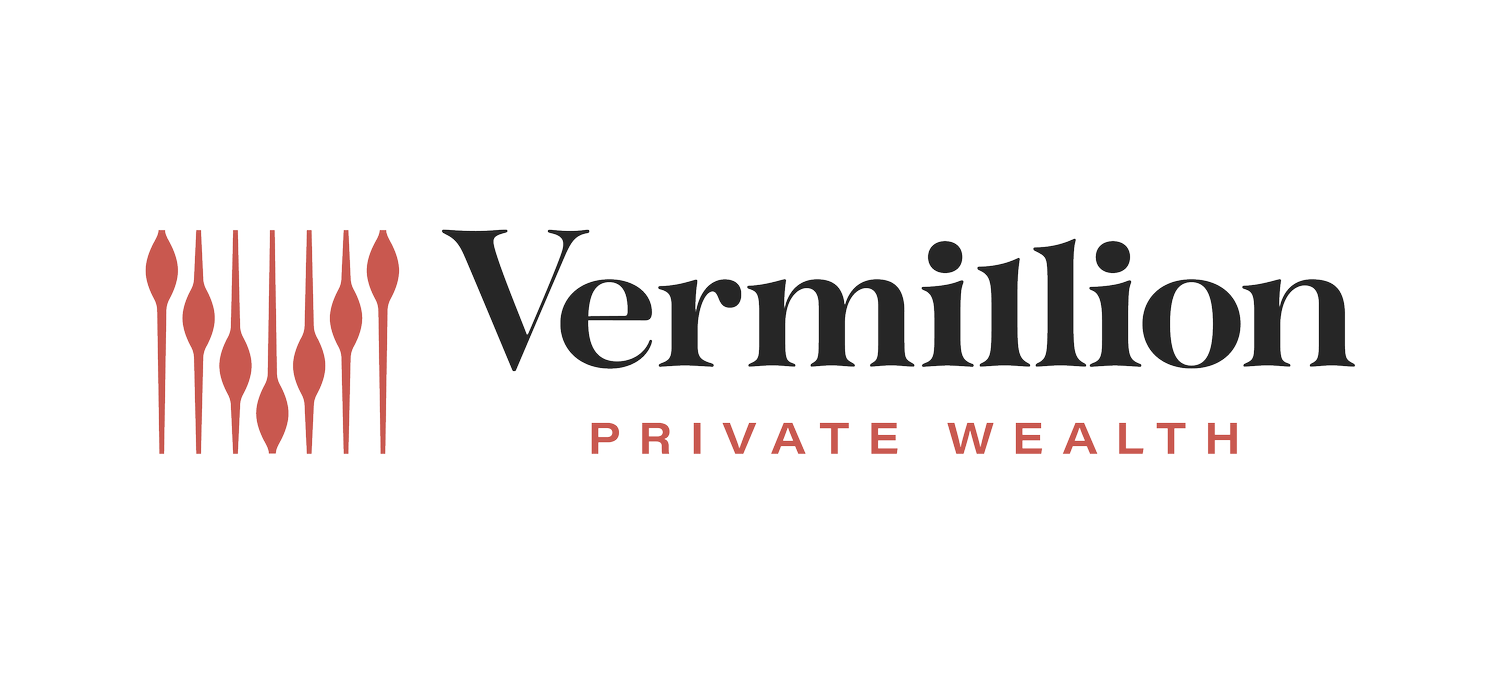From Remote Work to Reinvented Homes: The Changing Face of Housing
Something is rising more swiftly than the hard seltzer craze(I’ll stick with a classic cocktail, thank you)—housing prices.
The post-pandemic boom continues as supply is limited, interest rates remain low, and equity prices continue their meteoric recovery from the pandemic fueled selloff. Consumers are lining up to buy new homes and sell their current ones. The sense of urgency is so intense that properties in many areas fetch prices well above asking and are being purchased by buyers who haven’t seen the place in person.
Interest rates started to creep up earlier in the year, and pundits did what pundits do; feverishly predicted catastrophic outcomes. However, interest rates have fallen in recent weeks, adding more fuel to the housing fire. The 30-year treasury peaked at almost 2.45% in March but is now back under 2%. As a result, the 30-year mortgage remains under 3%, a staggeringly low number. It’s hard to fathom, but 40 years ago, the average interest rate on a 30-year was a whopping 16.83 percent, according to Freddie Mac.
Building is ramping up
Capitalism is a beautiful thing. When demand surges, production is typically right behind, and homebuilders are working feverishly to keep up. The chart below from the U.S. Census Bureau beautifully demonstrates the recent spike in building activity. As a result, we should soon see a better balance between supply and demand, even if the housing market boom continues for some time.
Where do we go from here?
You know by now I’m not going to make short-term predictions, but I think it’s worth noting macro-trends I believe will impact the broader housing market. Low interest rates have contributed to the current housing situation, but I don’t see monetary policy as the sole explanation.
The pandemic has permanently altered the future of work and thus the future of living. Before Covid-19, many business leaders couldn’t fathom a world where employees could work from their homes and be productive. Likewise, employees couldn’t imagine a world in which they had the freedom to join meetings via video zoom, spend mornings working from their favorite café, or wrap up work early if they completed the day’s tasks ahead of schedule.
These remote-work employment arrangements aren’t the unicorn perks they used to be; they’re commonplace. From cutting-edge tech startups to Fortune 500 businesses, remote work is becoming increasingly accepted and even preferred by both employers and employees.
What the heck does this have to do with housing?
Suppose you typically drive 40 minutes to and from a downtown office each day and spend $80 per month parking. Also, suppose you eat out three days a week for the sake of convenience and a chance to goof off with your co-workers. That’s several hundred dollars a week on fuel, parking, and meals. Suddenly, you can work from home. Those several hundred dollars a week saved is fantastic, but you didn’t select your current house with working from home in mind. You don’t have adequate office space, and working in tight quarters with the kids is proving a larger challenge than expected. What’s the solution? A house that’s more practical for the new work/life paradigm.
The Home Reinvented
I feel like the only person who hasn’t yet succumbed to Peloton fever. Although I’m more of a rower than a biker, it’s easy to see why Peloton experienced a meteoric rise. Peloton is one of many companies that thrived while consumers stayed home as governments responded to the pandemic and is perfect for demonstrating how the house is changing.
At the end of 2020, Peloton had 4.4 million members, including many evangelical early adopters. Those owning Peloton bikes or treadmills happily pay $39 a month for access to the classes and community. The company’s revenue growth is impressive, surging from $435M in 2018 to over $1.8B in 2020. This explosive growth has continued into 2021. While growth may slow as the pandemic restrictions end, I expect to see impressive growth over the next several years because the home can just as easily provide a sweat-inducing workout as the gym and for a similar (or cheaper) price.
Throw in grocery and meal delivery, Amazon Prime shopping, and entertainment streaming, and the reasons for leaving home grow fewer and fewer. I don’t go so far as to believe that human interaction will be less, just that it will be different.
The house is transitioning from a recovery facility to a condensed town, complete with office space, entertainment facilities, shopping, and more. This shift will likely cause a change in dollar allocation, with less going to traditional office space and more towards living spaces. Housing prices may not have needed more reasons to continue rising, but innovation might still provide them.
Disclaimer: This article is provided for general information and illustration purposes only. Nothing contained in the material constitutes tax advice, a recommendation for purchase or sale of any security, or investment advisory services. I encourage you to consult a financial planner, accountant, and/or legal counsel for advice specific to your situation. Reproduction of this material is prohibited without written permission from James Vermillion, and all rights are reserved.




